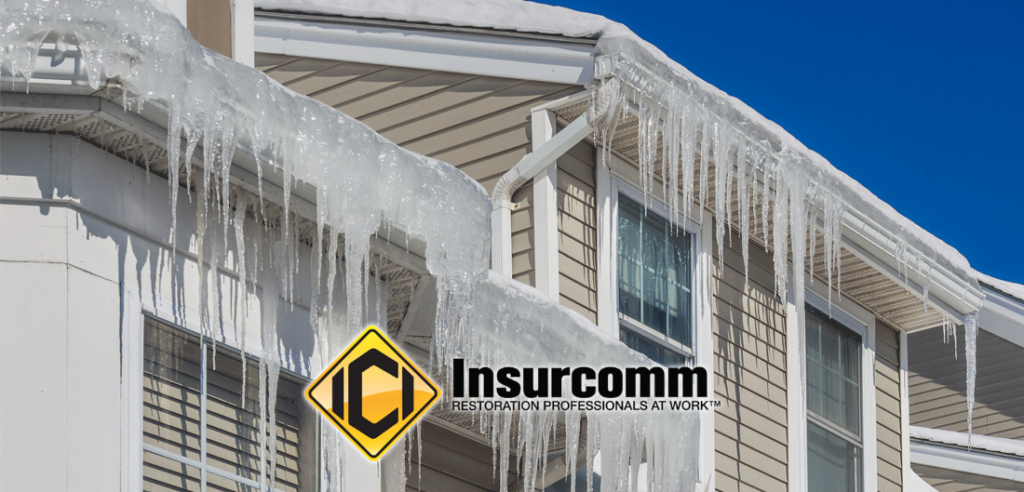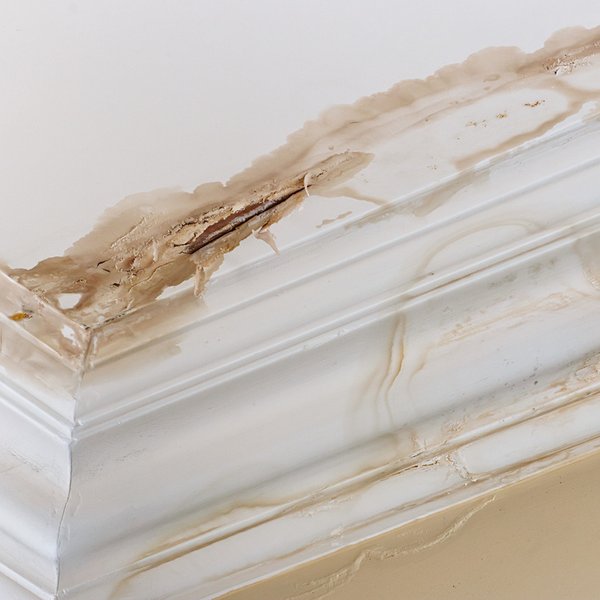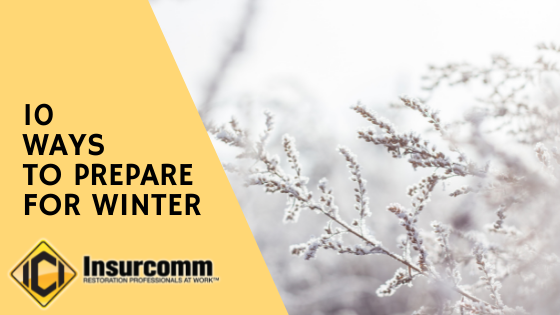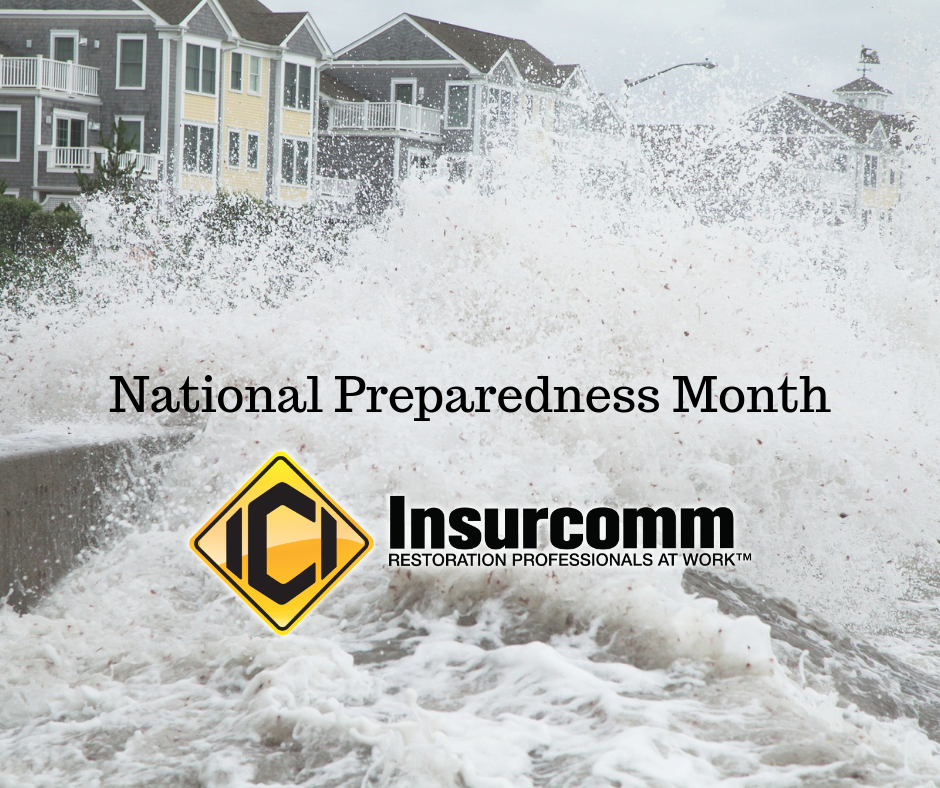Insurcomm Announces Growth Equity Investment from Summit Partners
Portsmouth, NH – Insurcomm, Inc., a rapidly growing provider of commercial and residential restoration services, today announced a majority growth investment from Summit Partners. Summit’s investment will support Insurcomm’s national expansion strategy as the Company continues its mission to deliver the highest quality service to commercial clients, residential customers, and municipalities navigating property loss events.
Insurcomm stands as one of the fastest-growing restoration services providers in the United States, propelled by a unique operating model and supported by a winning culture. The Company offers a comprehensive range of property damage restoration services, including fire and water damage cleanup, mold remediation, asbestos and biohazard removal, as well as reconstruction services to customers nationally. Serving as a single point of contact, Insurcomm supports its clients every step of the way through the complexities of property loss.
“When disaster strikes, our mission is to serve our clients with a deep sense of professionalism and dignity, ensuring timely and end-to-end solutions,” said Doug Indelicato, CEO of Insurcomm. “Partnering with Summit will help Insurcomm enter a new and expanded era of growth, allowing us to scale our impact and drive value for property owners and insurers. Together, we aim to set new standards in the restoration market, with a focus on partnering with like-minded operators who share our mission, and further cementing Insurcomm’s position as an industry leader.”
Summit’s investment comes at a time of strategic inflection for Insurcomm, as the Company seeks to scale its team, expand its operations, and acquire other providers who share a culture of excellence. Insurcomm has experienced accelerated growth over the past five years through the expansion of its geographic coverage and securing General Services Administration (GSA) Multiple Award Schedule (MAS) status for emergency response for all federal government agencies. Insurcomm has extensive experience across thousands of loss events, ranging from day-to-day emergency responses to major catastrophic events. The Insurcomm team has built deep and trusted relationships with property owners and insurers, fueling strong growth in market share.
“Against the backdrop of a highly fragmented restoration market with secular tailwinds, Insurcomm has developed an impressive delivery model that has helped the Company to grow rapidly and profitably,” said Matt Hamilton, a Managing Director at Summit Partners who has joined the Company’s Board of Directors. “We are thrilled to join forces with Doug and the entire Insurcomm team and to support the Company’s expansion plan.”
“We believe Insurcomm’s strong organic growth is a testament to the culture of excellence that the Company has created and their commitment to serving all stakeholders in property loss events,” added Andy Lee, Vice President at Summit Partners who has also joined the Company’s Board of Directors.
Harris Williams served as financial advisor to Summit Partners, and Latham & Watkins served as legal advisor.

About Insurcomm, Inc.
With a strong entrepreneurial spirit, Insurcomm was created in 1996 by founder Neil Robbins. Headquartered in Portsmouth, NH, Insurcomm started with two employees to provide construction services for insurance-related losses. Today, Insurcomm has almost 100 employees and provides end-to-end solutions for insurance-related property losses. In addition to servicing day-to-day emergencies, Insurcomm also has a National Large Loss team, which responds to complicated large loss projects throughout the U.S. For more information, please see www.insurcomm.com or Follow on LinkedIn.
About Summit Partners
Founded in 1984, Summit Partners is a global alternative investment firm with capital dedicated to growth equity, fixed income, and public equity opportunities. Summit invests across growth sectors of the economy and has invested in more than 550 companies in technology, healthcare, and other growth industries. Summit maintains offices in North America and Europe and invests in companies around the world. For more information, please see www.summitpartners.com or Follow on LinkedIn.



 source for water damage repair from ice dams and other issues throughout New England. We provide our clients with a fast response and effective remediation and restoration services. Water damage may become more problematic over time, so it is best to address this issue head-on.
source for water damage repair from ice dams and other issues throughout New England. We provide our clients with a fast response and effective remediation and restoration services. Water damage may become more problematic over time, so it is best to address this issue head-on. 



